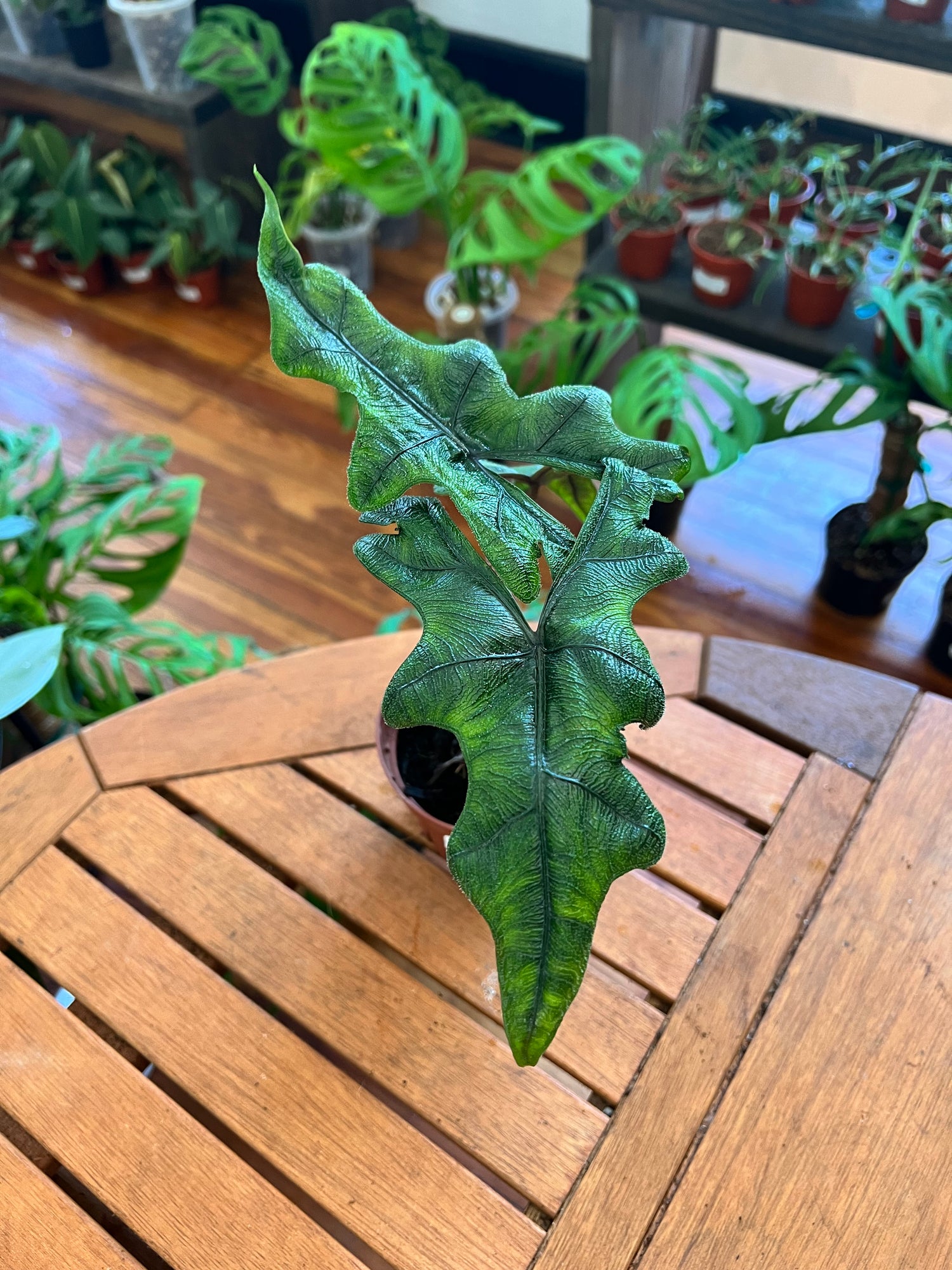In the vast tapestry of the plant kingdom, few species captivate the hearts of plant enthusiasts quite like Hoya plants. Renowned for their stunning foliage, unique flowers, and low-maintenance care requirements, Hoyas have become cherished members of indoor plant collections around the globe. In this blog post, we will delve into the fascinating world of Hoya plants, exploring their main characteristics, origin, and the reasons behind their widespread adoration.

Origins of Hoya Plants
Hoyas, commonly known as Wax Plants, are native to tropical and subtropical regions of Asia, Australia, and the Pacific Islands. The genus comprises over 200 species, each with its own distinct charm. From the lush rainforests of India to the arid landscapes of Australia, Hoyas have adapted to diverse environments, making them a versatile choice for indoor gardening.
Main Characteristics
Leathery Foliage: One of the defining features of Hoya plants is their thick, waxy leaves. This characteristic gives rise to the common name "Wax Plant" and serves as a natural adaptation to retain moisture in their native habitats. The glossy surface of the leaves not only adds a touch of elegance to any space but also contributes to the plant's resilience.
Cascading Growth Habit: Hoyas are known for their trailing or climbing growth habit. This makes them ideal for hanging baskets or allowing them to drape over shelves, creating a visually appealing display. Some species, like Hoya carnosa, produce long, rope-like vines adorned with clusters of leaves, creating a stunning cascade effect.
Unique Flowers: One of the most enchanting aspects of Hoya plants is their distinctive flowers. The blooms, often star-shaped or resembling miniature umbrellas, can be incredibly fragrant. The waxy texture of the flowers, combined with their intricate structure, adds an extra layer of allure to these already charming plants. Different Hoya species boast various flower colors, ranging from white and pink to deep red.
Why Hoya Plants Are Loved by Plant Enthusiasts
Low Maintenance: Hoya plants are celebrated for their ease of care, making them suitable for both seasoned plant parents and beginners. They thrive in indirect light, making them adaptable to a variety of indoor environments. Their resilient nature means they can withstand occasional neglect and are forgiving of irregular watering.
Air-Purifying Qualities: Like many houseplants, Hoyas contribute to indoor air quality by filtering out common pollutants. Their ability to absorb and metabolize airborne toxins makes them a valuable addition to any living or working space, promoting a healthier environment.
Collectible Variety: With over 200 species and numerous cultivars, Hoya plants offer a vast array of choices for collectors. From the classic Hoya carnosa with its iconic heart-shaped leaves to the more rare and exotic varieties like Hoya kerrii or Hoya Finlaysonii, there is a Hoya for every taste and preference.
Symbolism and Tradition: In various cultures, Hoya plants are often associated with positive symbolism. In some Asian traditions, the Hoya plant is believed to bring good luck and positive energy to a home, making it a popular gift for special occasions.
Conclusion
In the realm of indoor gardening, Hoya plants stand out as not just decorative additions but as living works of art. Their unique characteristics, low-maintenance care, and diverse array of species have made them a beloved choice for plant enthusiasts around the world. Whether you're a seasoned plant parent or a novice green thumb, the enchanting allure of Hoya plants is sure to add a touch of natural elegance to your indoor oasis.

